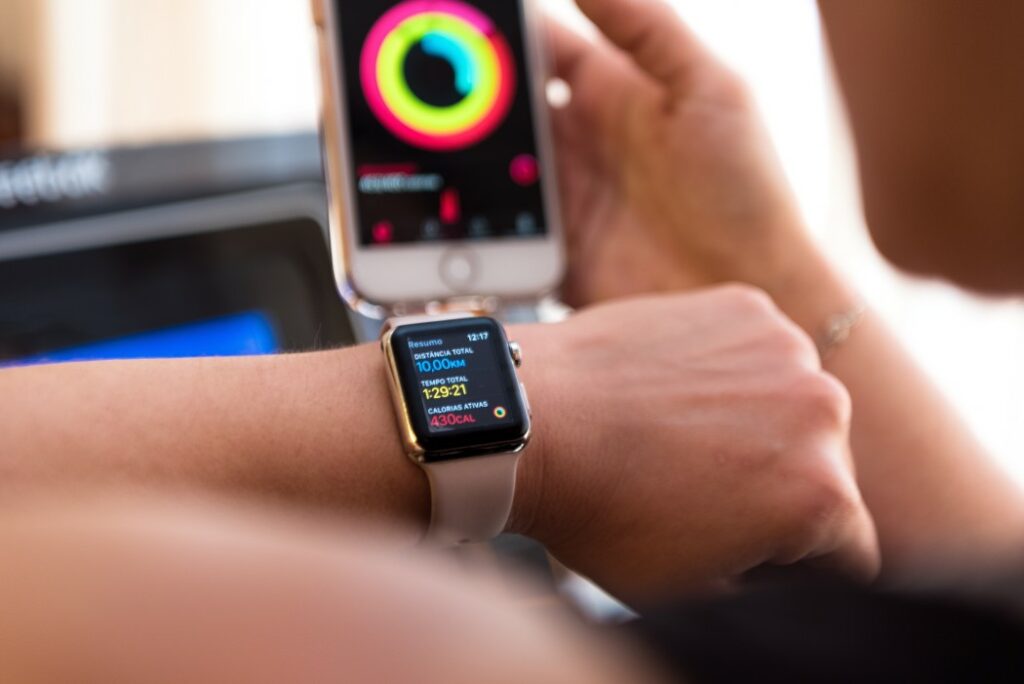What do your people need for workplace wellness?
Witness The Fitness
Why You Should Care
Millennials earn less relatively than any generation, but spend the most on wellness
54% Millennials delayed or avoided medical treatment due to costs
71% Millennials think staying healthy is not about falling sick
Wellness, a term that has spiked in Google searches in recent decades has drawn attention from both consumers and business leaders for different motivations and dramatically more so in our Covid-19 world.
Let’s take a look at how the motivations differ and how we should align them to create the future of workplace wellness.
Technology has also allowed Millennials to not only have easier access to wellness information but has also enabled them to better curate the information by comparing with different sources or sharing with their social circles.

Millennials leading the trend
If we’re talking about wellness, it’s inevitable that we have to talk about the millennials. Why do millennials have such a great impact on the wellness market? Well, here are a few facts about this generation:
- 90% consider health the gateway to success
- 71% think staying healthy is not about falling sick but about exercising regularly and maintaining a healthy lifestyle
- 54% Millennials delayed or avoided medical treatment due to costs
- Earn less than any generation, but spend the most on wellness
As information became easier to access and technologies became more advanced, the demand for higher quality and more personalized wellness service also rose.
The demand from this large and health-conscious generation pushed the limits of technology and fueled the growth of wellness-related vendors and shook up the consumer market.
In just a decade, we’ve seen an explosion of wellness vendors from studios like CorePower, SoulCycle, kickboxing and Pilates to nutrition apps to fitness trackers to even DNA test and VR-guided meditation.
We now live in an extremely fragmented wellness market where people are motivated to stay healthy in the way they like using the service they like while maintaining the freedom to switch between services.
Traditional workplace wellness
Programs tend to fall into a one-size-fits-all solution… delivering an average 24% engagement rate.
If we switch gears and look at what’s available in today’s typical corporate benefits, we will mostly find insurance plans and some ancillary wellness programs like tobacco cessation, weight loss, and health screenings.
Due to the rising health care costs, companies are motivated to build more wellness programs in the hope to create a healthier workforce that drives down health care spending. However, these programs tend to fall into a one-size-fits-all solution that only addresses a small subset of the company population and aren’t as effective as the company had hoped for, delivering an average 24% engagement rate.
New generation workplace wellness
On the other end of the spectrum, progressive thinking companies who realized the shift in workforce population and understood the importance of personalization have baked wellness into their corporate culture.
Massage, meditation rooms, yoga classes, catered healthy meals, free gym membership, and monthly wellness stipend, are some of the most common perks these companies invest in.

In fact, in major cities where talents are extremely competitive such as SF or NYC, packing on more wellness perks is a never-ending task for people leaders.
While these perks were created for different business objectives such as attracting talents, driving productivity or reducing health care spending; it also created a sense of entitlement amongst the employees.
If a startup doesn’t offer catered lunch in San Francisco, it’s almost automatically a 3.0 in benefits on Glassdoor. In fact, if you’d spend 15 minutes to look at the companies that rated 4.0 or above in benefits, you’d be amazed at how many reviews go “typical benefits package for a startup.”
This sense of entitlement further raised the bar in benefits and perks, and we now live in an endless loop where more benefits drive a higher sense of entitlement that drives more benefits. Companies now spend so much time and resources matching others’ benefits just to stay competitive that we have lost sight to the ‘why’ we invest in our people in the first place.
What is the motivation behind every business investment? To drive results and show ROI. As people operation become a central part of a business – managing the most important asset, the people, we need to think about why investing in wellness is important and how we should measure success rather than simply copying each other.
We need to bridge the wellness gap between a person’s professional and personal life.
The future of workplace wellness
While more and more companies realize how people prefer to participate in wellness activities and giving them more freedom of choice, we need to stop imitating each other in benefits and stop piling up the sense of entitlement. It will never end. We need to rethink how wellness is going to impact our businesses, how wellness should be designed from the employee’s perspective and how it should be tied to business results.
Work-life balance is a word in the past; we now live in a digital world where we’re connected all the time. We check our emails while watching TV at home and chat with our loved ones on our phones whilst at the office. Life has integrated with work and work has integrated with life; a person’s well-being has a direct impact on his/her professional well-being and vice versa.
While so much of the wellness programs and perks are focused at the workplace today, we need to think about how we should understand the employee from a holistic view, not as an employee, but as a person, and provide the freedom of choice that suits his/her lifestyle. We need to bridge the wellness gap between a person’s professional and personal life.
Sign up to the UNLEASH Newsletter
Get the Editor’s picks of the week delivered straight to your inbox!

Head of UNLEASH Labs, UNLEASH
Abigail is dedicated to connecting HR buyers with the technology and tools they need to succeed.
Contact Us
"*" indicates required fields
Partner with UNLEASH
"*" indicates required fields